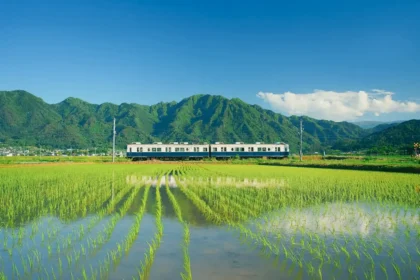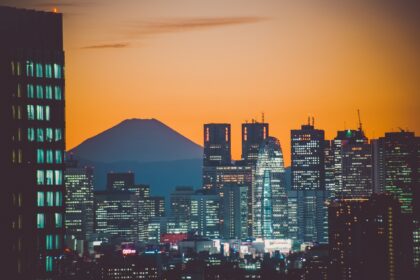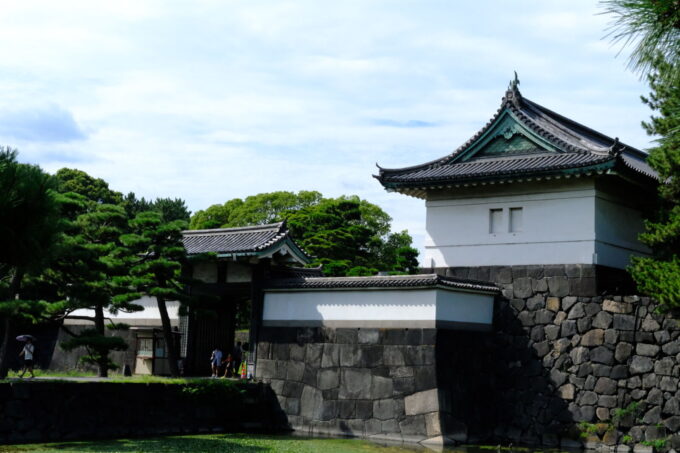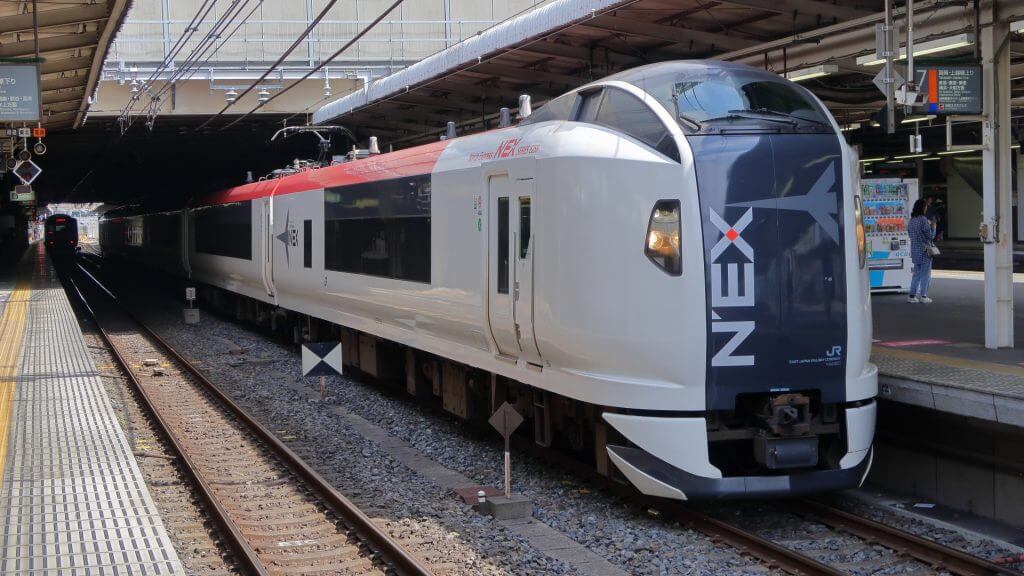
For many international visitors, the Narita Express, often referred to just as the ‘N'EX’, will be the first train they use upon arrival in Japan. Operating from Terminal 1 and 2 of Narita Airport, the Narita Express (N’EX) is one of the fastest and most convenient ways to travel from Narita International Airport to Tokyo by train, as well as popular destinations such as Shinjuku and you can even take the NEX to Nagano using a transfer. The service is ideal for international travellers as it offers direct connections, spacious and comfortable seating, and easy access to top attractions such as the Imperial Palace and the Snow Monkey Park. On this page you will find the following information:
— Why Take the Narita Express (N’EX)?
-- Narita Express (NEX) Stops and Timings
-- Types of Carriages & Seating
— Luggage Information and Onboard Facilities
-- Accessing the NEX at Narita Airport
— N’EX Travel Tips for First Time Visitors
— Things to Do Near Tokyo : Best Day Trips and Overnight Getaways
WHY TAKE THE NARITA EXPRESS (N’EX)?
The N’EX is one of the best and most convenient ways to travel into Tokyo after your flight to Narita Airport. The service boasts regular and reliable services running from Narita Airport to Tokyo Station – with some services also continuing onto other major areas in the city such as Shinagawa, Shibuya, Shinjuku, Ikekukuro along with Yokohama and Omiya.
Other main benefits to using this service includes free seat reservations for the ordinary cars, so whether you’re travelling by yourself, as a family or in a larger group, you can take comfort knowing that there will be no hidden costs for securing seats. Riding the N’EX is also covered by the JR Pass meaning you can start getting value for money and use your pass straight away to benefit from it! Just make sure to have your pass stamped and authenticated at the airport before departure, and ensure to have it on hand in case staff request to see it. You can use both the full JR Pass and JR East pass to cover your travel on the N’EX.
As an example travel plan, you could land at Narita Airport at 3:30PM and catch a N’EX service departing at 4:20PM to arrive in Shinjuku by 5:43PM! It is that easy and fast! A top tip is if you want to enjoy great cityscape views on your way into Tokyo, sitting on the left side of the train offers the best views as you approach Tokyo.
It is important to note that the NEX is one of two rapid train services operating from Narita Airport, the other being the Keisei Skyliner which runs to Keisei-Ueno Station – located nearby Ueno Station. While the Keisei Skyliner is slightly faster than the NEX, only the NEX is covered by the Japan Rail (JR) Pass, unlike the Skyliner which is not covered, making the NEX a popular choice for international visitors.
NARITA EXPRESS (NEX) STOPS AND TIMINGS
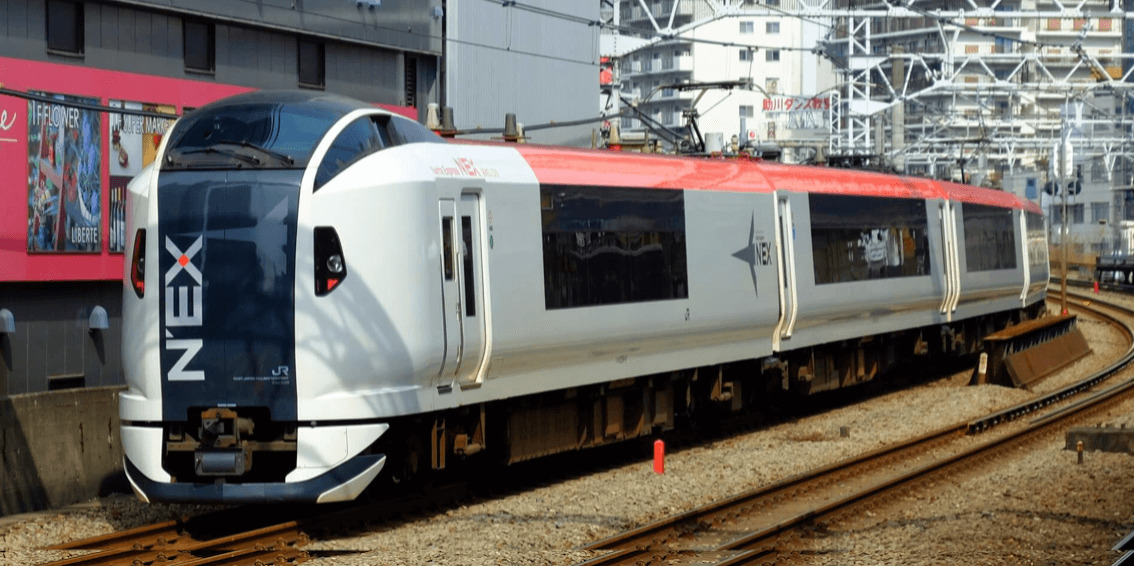
Passengers arriving at Narita Airport and headed straight to the area around Tokyo Station or the stations listed above, should use the NEX from the airport. The service is well connected, and offers services which stop at many of the popular areas in the city, which will easily connect you to top attractions in Tokyo. Make sure to choose the service that suits you and your onward destination best. From Narita Airport, expect the following travel times:
-- to Tokyo Station* / 55 to 80 minutes
-- to Shinagawa Station / 75 to 90 minutes
-- to Shibuya Station / 85 to 100 minutes
-- to Shinjuku Station / 90 to 105 minutes
-- to Ikebukuro Station / 95 to 105 minutes
-- to Yokohama Station / 100 to 110 minutes
-- to Omiya Station* / approx. 120 minutes
It is important to note that different services stop at different stations however all services stop at Tokyo Station. It is also important to note that the NE’X train splits at Tokyo Station with one part usually heading to Yokohama, and the other part heading to Shinjuku/Ikebukuro.
All of the stations above have plenty of accommodation in their immediate vicinity and as such, are good areas in which to search for your accommodation. See 'Where to Stay in Tokyo?' below for tips and suggestions of which area suits you best.
*Tokyo Station and Omiya Station are stops on multiple shinkansen lines including the Hokuriku Shinkansen headed for Nagano. If you are heading straight to Nagano from the airport, take the NEX to Tokyo and transfer to the shinkansen there.
TYPES OF CARRIAGES & SEATING
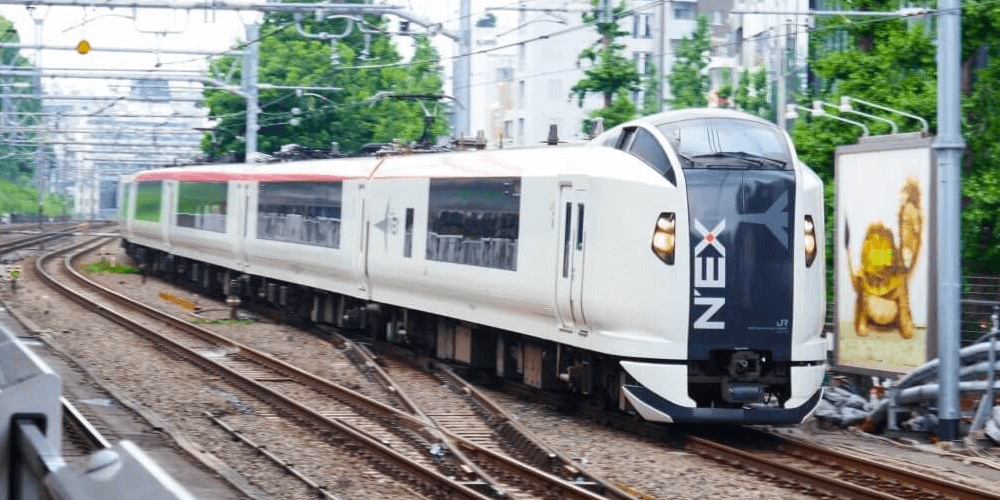
All NEX services are extremely comfortable and reliable. Travellers can choose from the following types of carriages and seating:
ORDINARY CARS
Making-up the majority of carriages, ‘ordinary cars’ have non-reserved seating and plenty of space for luggage. Each carriage has four seats per row with an aisle in the middle i.e. two seats either side of the aisle, with space in front of the seats for luggage and overhead storage. Carriages also have dedicated luggage space at either end. Seats recline and have adjustable headrests, tables and power outlets. In summary, ordinary cars are perfectly comfortable and for most visitors, have everything you need. Toilets are available at the ends of carriages.
GREEN CARS
Often referred to as ‘first class’, ‘Green Cars’ have fewer seats and more legroom. Seats are leather and recline further than those in ordinary cars. In reality, the gap between the two cars is more similar to ‘economy’ and ‘business’ class on an airline, and while comfortable, it doesn’t represent that much of a difference. If you have a JR Pass covering Green Cars or have a strong reason for wanting a reserved seat, then go for it. Otherwise, we recommend just using the ordinary/non-reserved cars. Toilets are available at the ends of carriages.
LUGGAGE INFORMATION AND ONBOARD FACILITIES
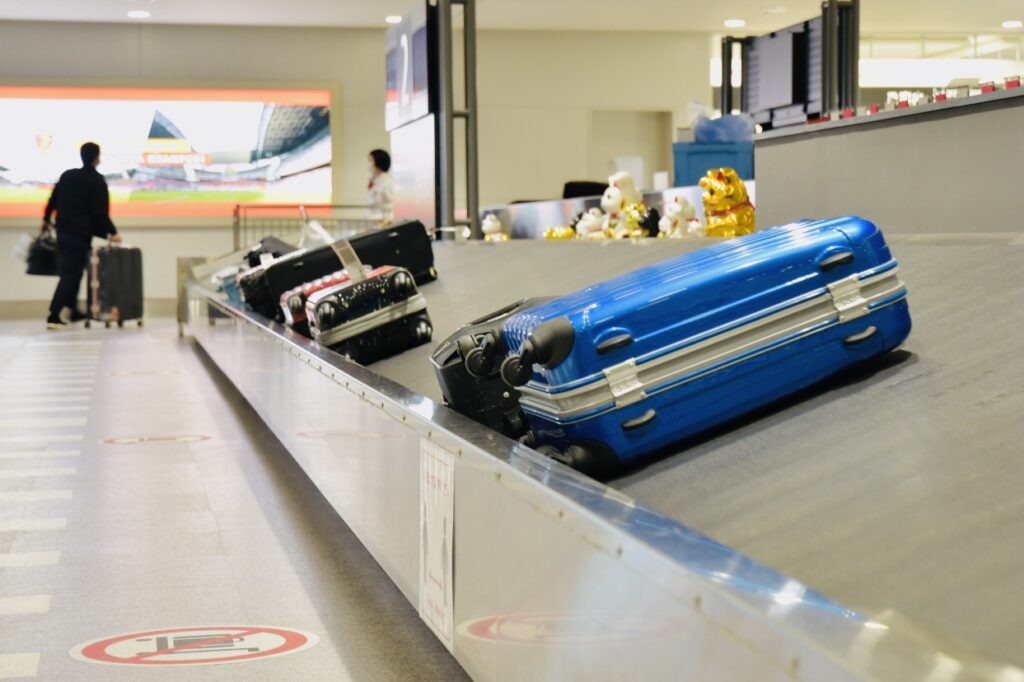
The N’EX has ample space for large luggage overhead and also in designated luggage areas with racks in each carriage. Newer N’EX trains may even have luggage locks to secure your luggage. Rest assured, there are no baggage fees for travelling with luggage on the N’EX.
The N’EX also boasts many convenient and comfortable services such as free WiFi onboard so you can stay connected once you land and start making travel plans. There are also restrooms, power outlets to charge any devices, and even vending machines providing drinks and snacks.
NEX TIMETABLE

For daily train schedules, see our ‘Narita Express (N'EX) Timetable’ page. There are frequent services throughout the day however please note, the schedule has been heavily modified due to the ongoing impact of COVID-19 on air travel. Once travel begins to open-up, expect services to be increased over time.
ACCESSING THE NEX AT NARITA AIRPORT
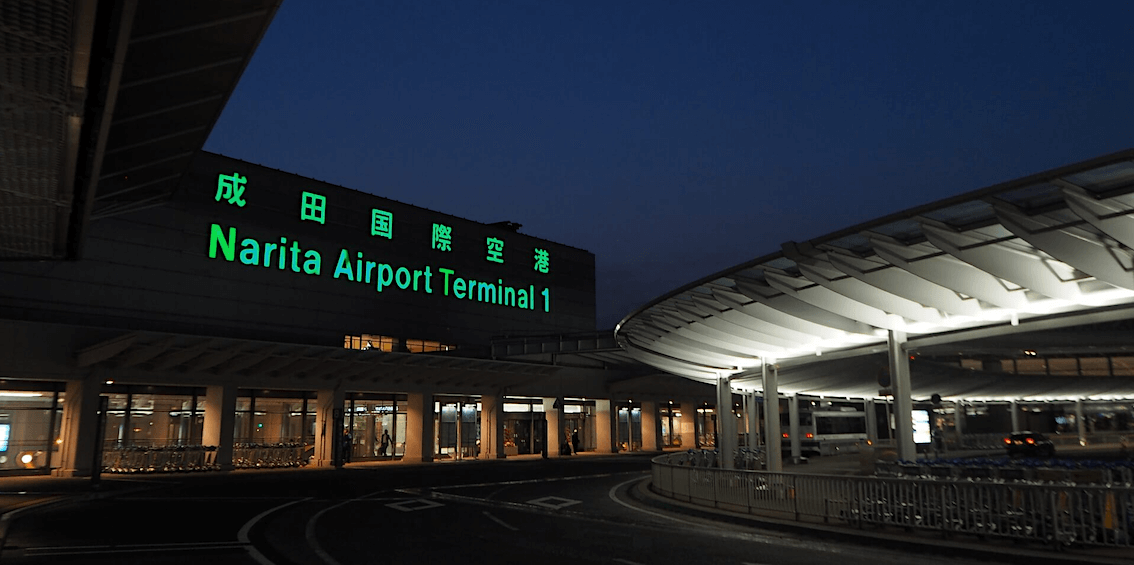

The NEX operates from Terminal 1 and Terminal 2 at Narita Airport. Passengers arriving at Terminal 3 can board at Terminal 2, by using the corridor that connects Terminals 2 and 3. At either Terminal 1 or 2, proceed down to the B1 level where you will find access to train lines including the NEX and Keisei-Skyliner bound for Ueno. Ordinary train services also operate out of the station for visitors heading to other local destinations including Narita City.
TICKETING & TRAVEL PASSES
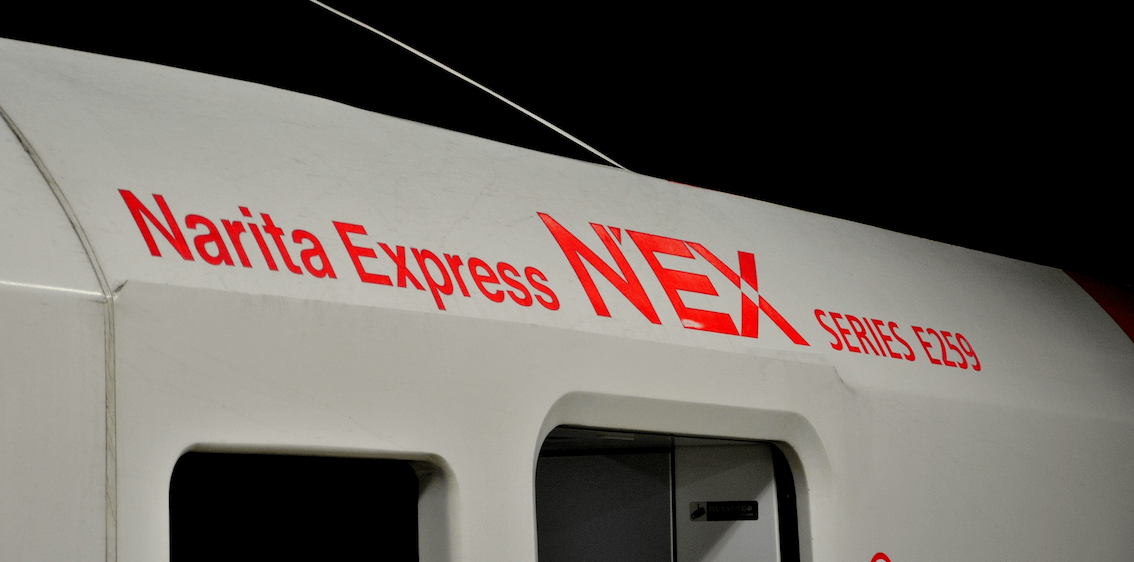
A one-way journey from the airport to Tokyo costs JPY3,070 per adult or JPY4,640 per adult for a Green Car reservation. To Shinagawa, Shibuya, Shinjuku or Ikebukuro costs JPY3,250 or JPY4,820 for a Green Car Reservation. To Omiya costs JPY3,910 or JPY5,480 and to Yokohama costs JPY4,370 or JPY5,940. Return tickets are also available.
For visitors with a JR Pass, NEX services can be used free of charge with no extra reservation fees. Simply show you pass and you will be waived through the gates. You can use any ‘ordinary’ car as all seats are non-reserved. Should you want a reserved seat you will need to book at the JR ticket offices or ticket machines to book a seat in a ‘Green Car’. However, unless you have a ‘Green Car’ JR Pass, you will need to pay for this. Ordinary/non-reserved carriages are perfectly comfortable and spacious, so unless you have a strong reason to get a reserved seat, we recommend not bothering.
For visitors without a JR Pass, you will need to buy a ticket. Tickets are available using the ticket machines or JR EAST ticket offices at the airport terminals and stations. You can also buy tickets online via the JR East website or third party sites. Foreign language-speaking staff – including English, Chinese and Korean – are usually on-hand to assist. Tickets can also be purchased at any station serviced by the NEX i.e. Tokyo Station, etc.
Tickets can be purchased online up to one month in advance however unless you are flying in at a time when you know there will be exceptionally heavy traffic, there really is no need to book ahead of time.
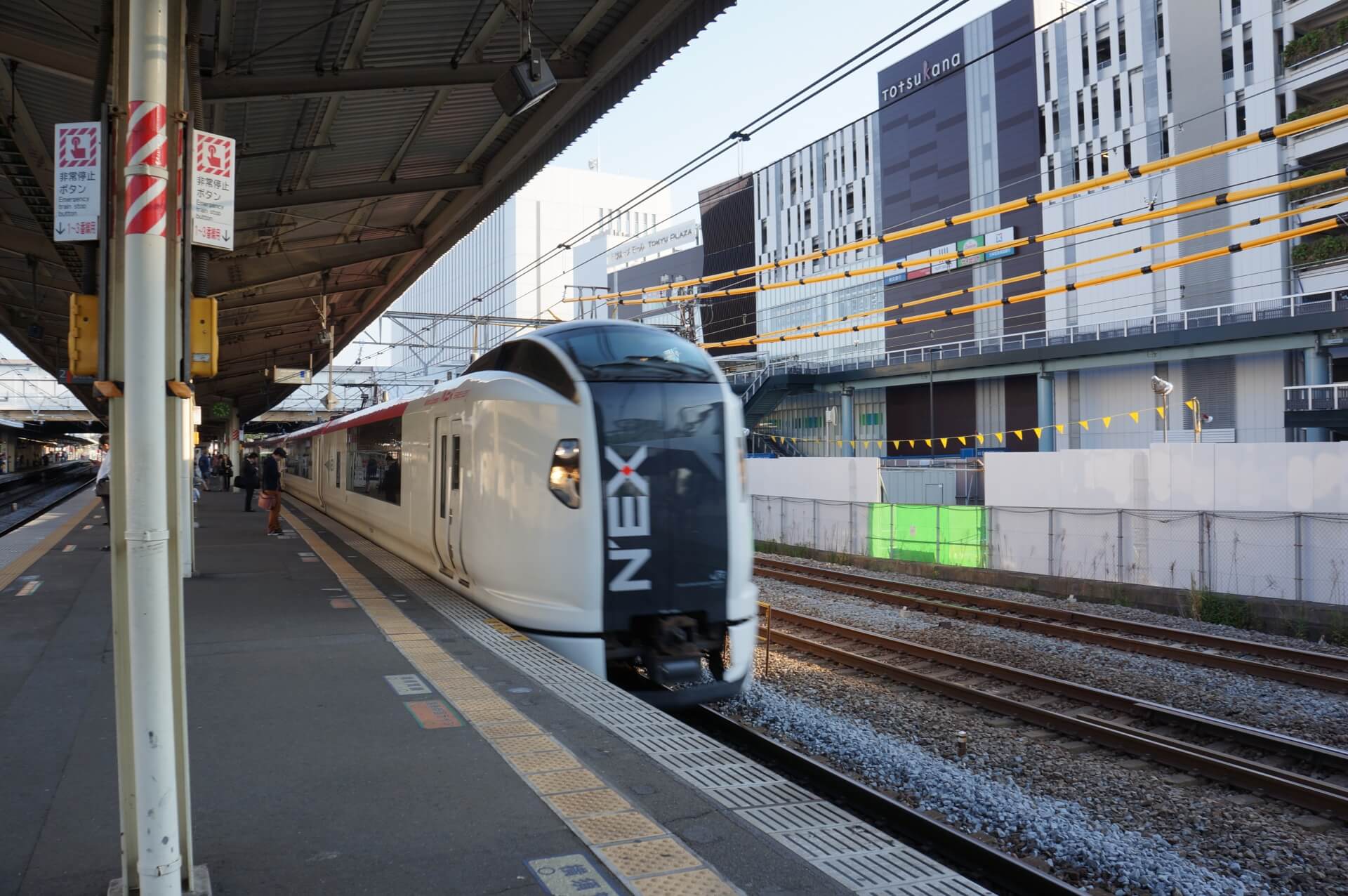
There is no escaping the fact that travel using the shinkansen is expensive. Given the speed and distances covered by these trains, travellers should think of them much like taking a flight, with tickets accordingly priced. International visitors to Japan have the option of purchasing one of several passes which allow for unlimited use of the Hokuriku and (for some passes) other shinkansen and train services. The following JR passes cover the NEX and travel to Nagano:
JAPAN RAIL (JR) PASS
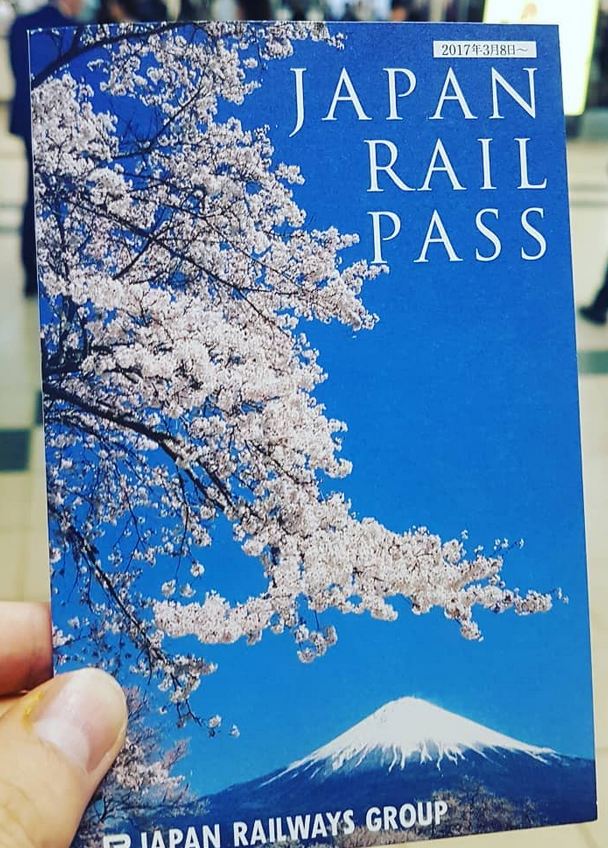
Covering all 9 shinkansen lines in Japan and many other train services, the JR Pass is a great option for visitors planning to use the shinkansen more than a handful of times and/or travel large distances. Travellers have the option of 7, 14 and 21-day passes covering either Ordinary or Ordinary and Green Cars. The JR Pass allows for use of ordinary cars on the NEX and any service on the Hokuriku Shinkansen line at no additional cost but noting that should holders wish to have a reserved seat, they are still required to book a seat at the ticket office (at no additional cost).
JAPAN RAIL (JR) EAST PASS / NAGANO & NIIGATA

The JR East Pass covers the NEX, Hokuriku and Joetsu Shinkansen lines serving Nagano and Niigata, along with other regional services. There is only one option of pass, covering 5 days of use within a 14-day period from its date of activation. Notably cheaper than the JR Pass, this is a great option for visitors staying within Nagano and Niigata. Much like the JR Pass, it allows for use of any service on the Hokuriku Shinkansen line at no additional cost but noting that should holders wish to have a reserved seat, they are still required to book a seat at the ticket office (at no additional cost).
HOKURIKU ARCH PASS
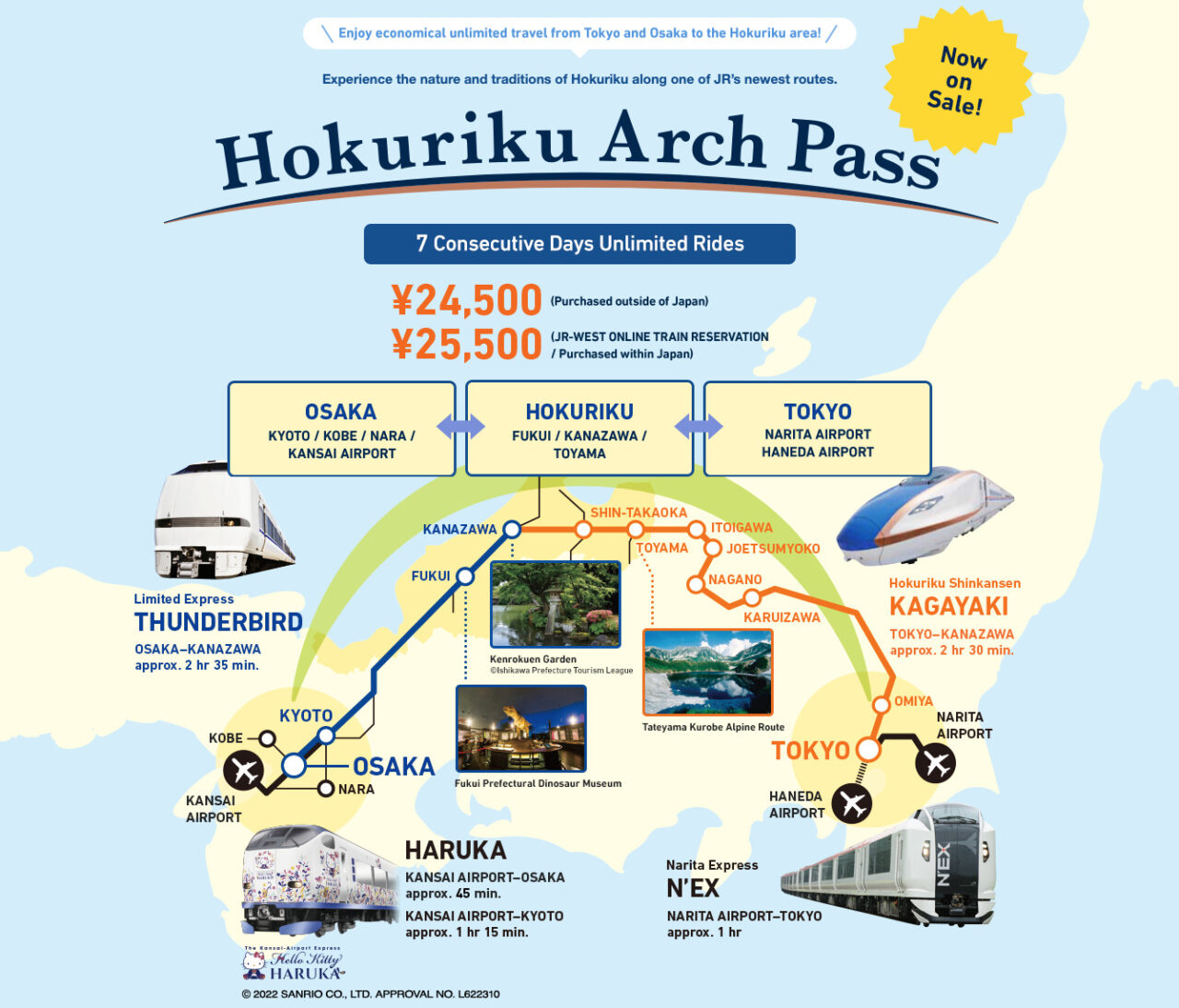
Valid for 7 consecutive days from date of activation, the Hokuriku Arch Pass covers train services from Tokyo – including the NEX – to Nagano and Kanazawa and then onto Kyoto, Osaka and Kansai Airport. For many international visitors, this pass covers the majority of their intended destinations as the they follow the most popular tourist route from Tokyo to Kanazawa and onto Kyoto and Osaka. Notably cheaper than the full JR Pass, the Hokuriku Arch Pass offers fantastic convenience and savings.
N’EX TRAVEL TIPS FOR FIRST-TIME VISITORS
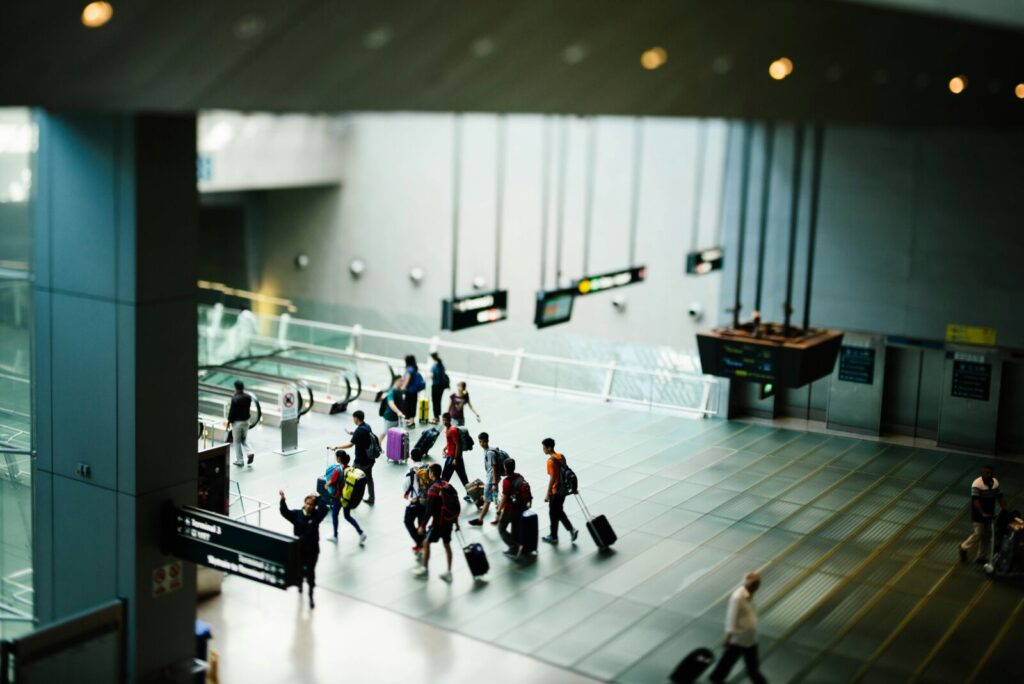
It can be overwhelming navigating a new transit and transport system when travelling, so here are a few simple tips to make your experience a little easier!
Reserve your seat early - N’EX is all-reserved, and at certain times the services can get very busy. Evening arrivals tend to be the busiest, so plan ahead accordingly!
Exchange your JR Pass - make sure to do this at the airport if you plan to use it for the N’EX services. You can show it to staff at the JR East Travel Service Center for it to be exchanged.
Keep your ticket handy - Keep all tickets close by and on hand as you will need them to enter and exit the JR ticket gates.
Refreshments - If you have time before boarding the N’EX, it is worth stocking up on some snacks and drinks from the many convenience stores at Narita Airport before you depart. If you don’t have time, don’t worry too much as the trains usually have well stocked vending machines.
Navigating Stations and Punctuality - Stations in Tokyo can be overwhelming, especially Tokyo Station. Make sure to leave yourself enough time to reach your platform. Look for clear signs or ask staff for assistance. The trains are also extremely punctual in Japan, so make sure to arrive at the platform earlier than you need to be.
THINGS TO DO IN TOKYO
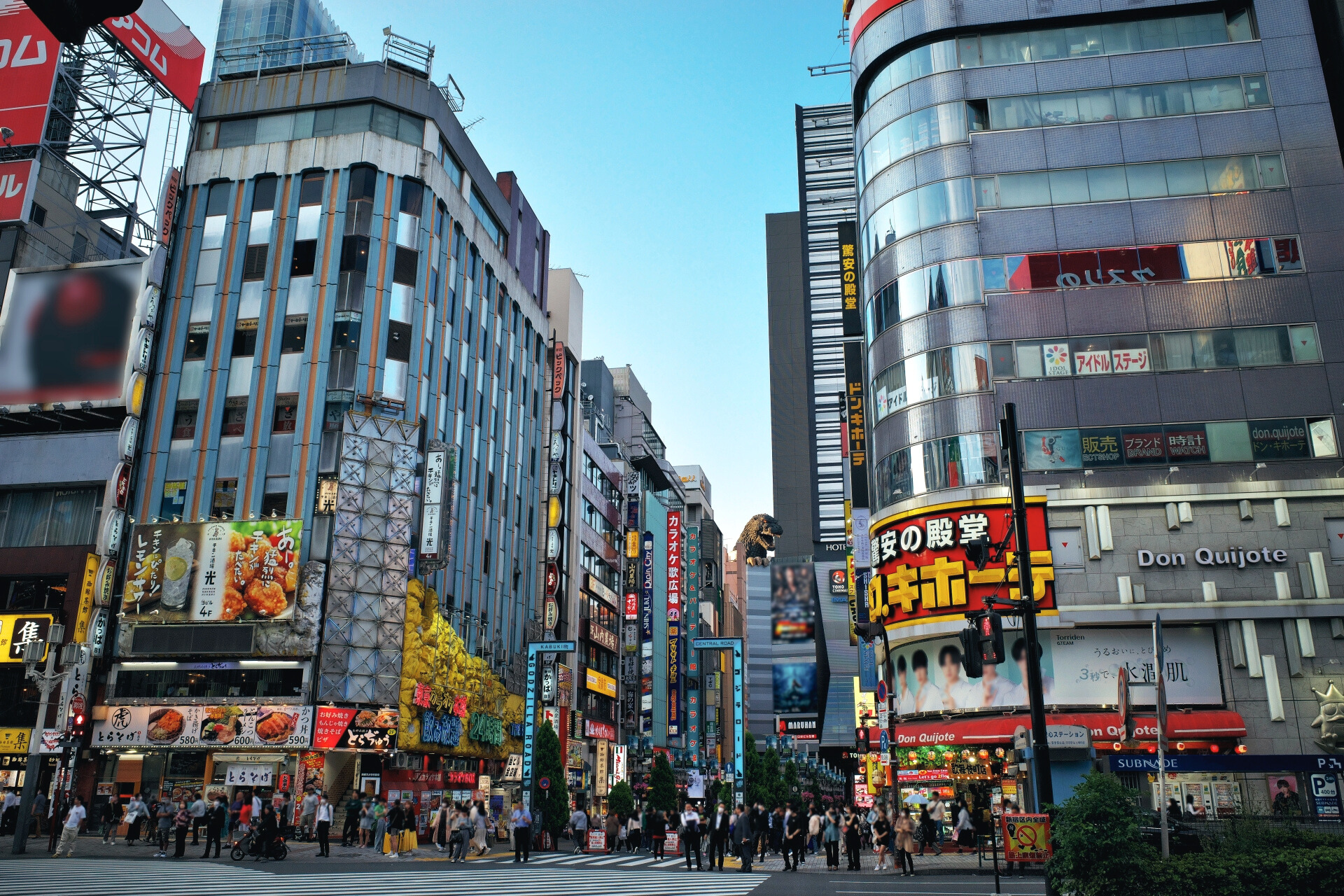
This page would not be complete without also suggesting our top recommendations on things to do in Tokyo as well. Why not check out our 25 Things to Do in Tokyo page which will also give you plenty of inspiration for your time spent in Tokyo. Here you will find some of the best activities and recommendations on how to spend your time in the Capital, as well as some tours that you can join to make the most out of your trip!
From watching Sumo wrestlers train to eating the freshest sushi at local markets, playing Taiko drums to exploring hidden shrines and temples, Tokyo truly has it all. Our Tokyo tours enable you to pick and choose from a wide range of areas and activities to explore during your trip. Want to explore lesser known neighbourhoods in Tokyo, or do you want to get into the hustle and bustle of the world’s most populated city, then click the link above and start exploring what you can do in Tokyo to make your trip unforgettable.
BEST TOURS IN TOKYO
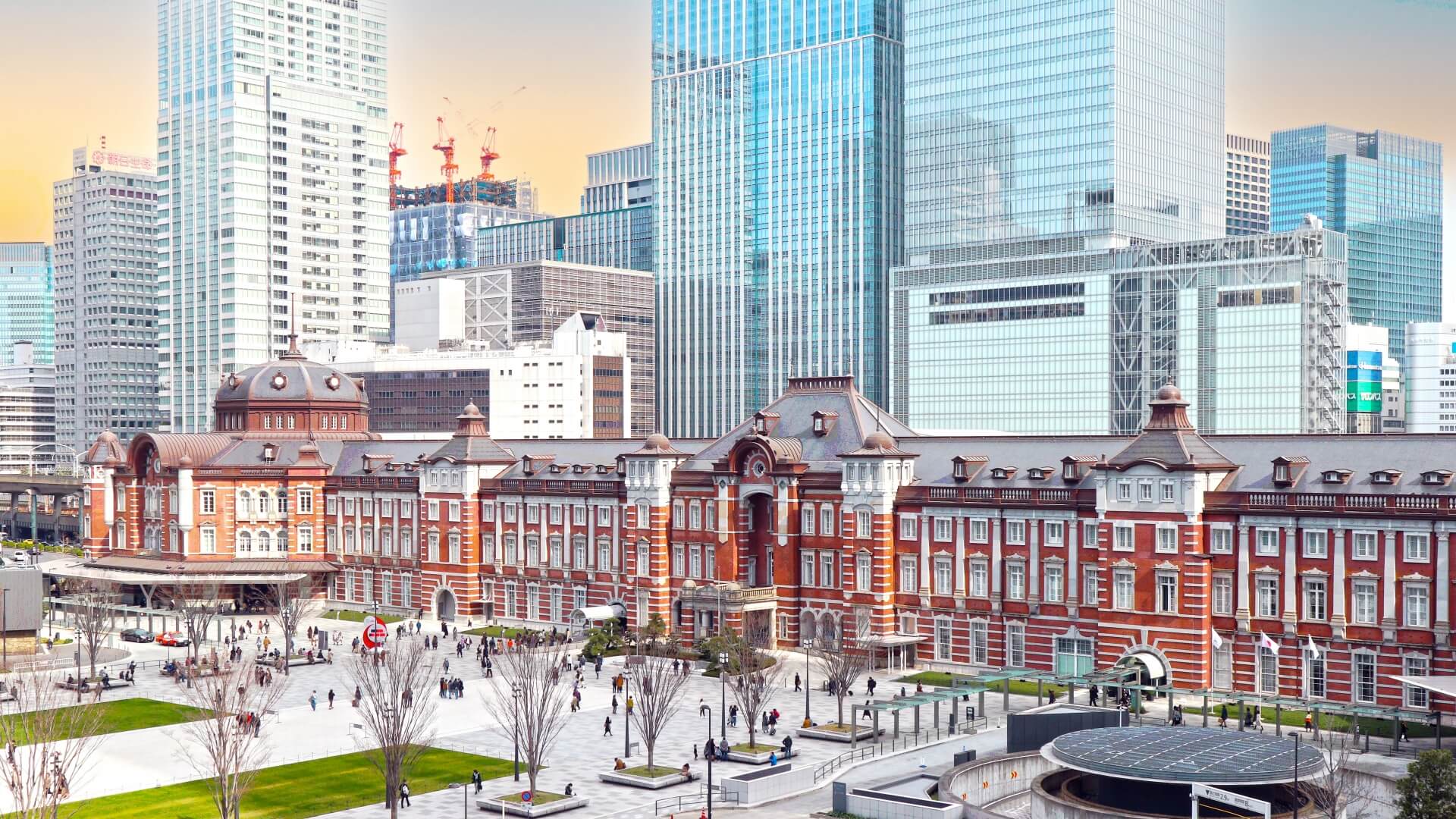
Tokyo is steeped in history. The city has faced many hardships from earthquakes, fires and the air raids of WW2, and unfortunately many of its oldest buildings and structures have disappeared over time. However, Tokyo does a fantastic job at celebrating and retaining much of its character and culture, with stunning renovations of temples and shrines, museums housing some of Japan’s finest artefacts, and pockets of neighbourhoods that have managed to preserve its original architecture despite the many challenges its faced. Pop culture lovers will rejoice at Japan’s modern aesthetic, with its bright lights and neon signs that make the city glow at night. There is so much to see and do in Tokyo. Check out our ’Best Tours in Tokyo’ page which will give you information on the best tours in Tokyo and the best day trips from Tokyo throughout the Kanto region.
If you’re travelling to Tokyo Station, Shinjuku Station and even Ikebukuro Station using the N’EX, the why not book onto one of our 1 day walking tours conveniently starting from the stations. Leave your luggage in one of the many lockers / luggage storage facilities at the stations, so you can enjoy your tour hands free! Our ‘Ultimate Tokyo Tour’ begins with pick up inside of Tokyo Station, our ‘Hakone Highlights’ tour begins with pick up at Shinjuku Station’s South Gate, and our ‘Day Trip to Kawagoe’ tour begins with pick up inside of Ikebukuro Station. See the tour cards below for more information!
Ultimate Tokyo Tour : Imperial Palace, Sake, Robots, Japanese Gardens and Edo Museum
- Spots:
- Pick-up:
- Drop-off:
30 THINGS TO DO NEAR TOKYO: BEST DAY-TRIPS & OVERNIGHT GETAWAYS
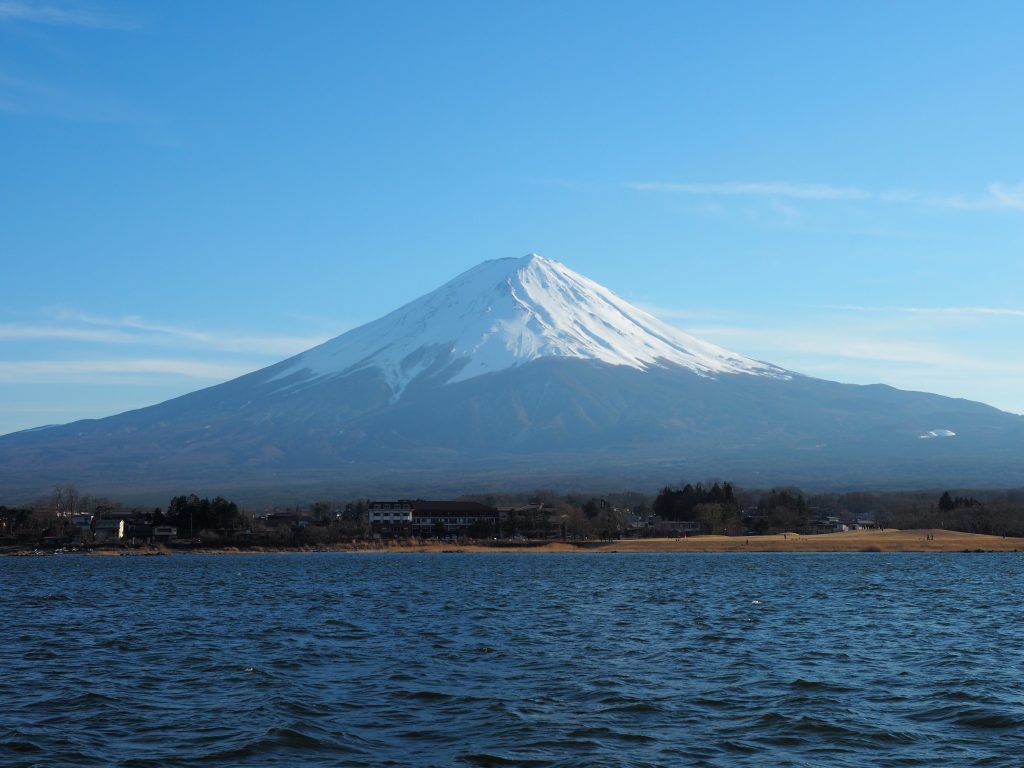
For more information and inspiration on what excursion day trips, overnight stays and multi day trips you could do outside of Tokyo, check out our 30 Things To Do Near Tokyo: The Best Day-Trips & Getaways From The Capital page!
WHERE TO STAY IN TOKYO?
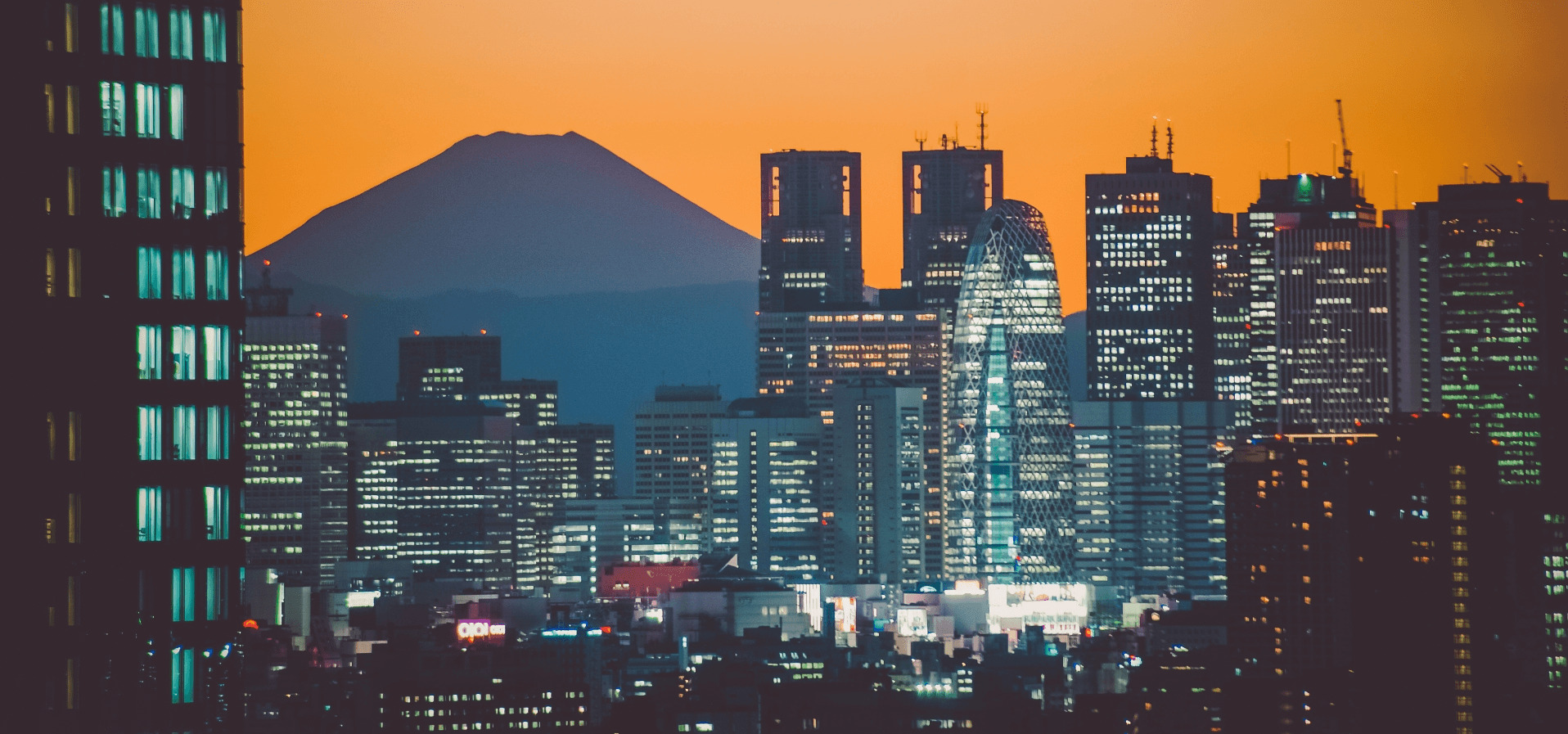
Not just the largest city in Japan but also the largest city in the world, Tokyo is a sprawling giant that must be experienced at least once. Knowing where to stay when visiting Tokyo can make a huge difference when it comes to getting around the city and ultimately, getting the most out of your time there. Our ‘Where To Stay In Tokyo?’ page breakdowns the best areas to stay including accommodation listings.
PLAN YOUR VISIT TO JAPAN
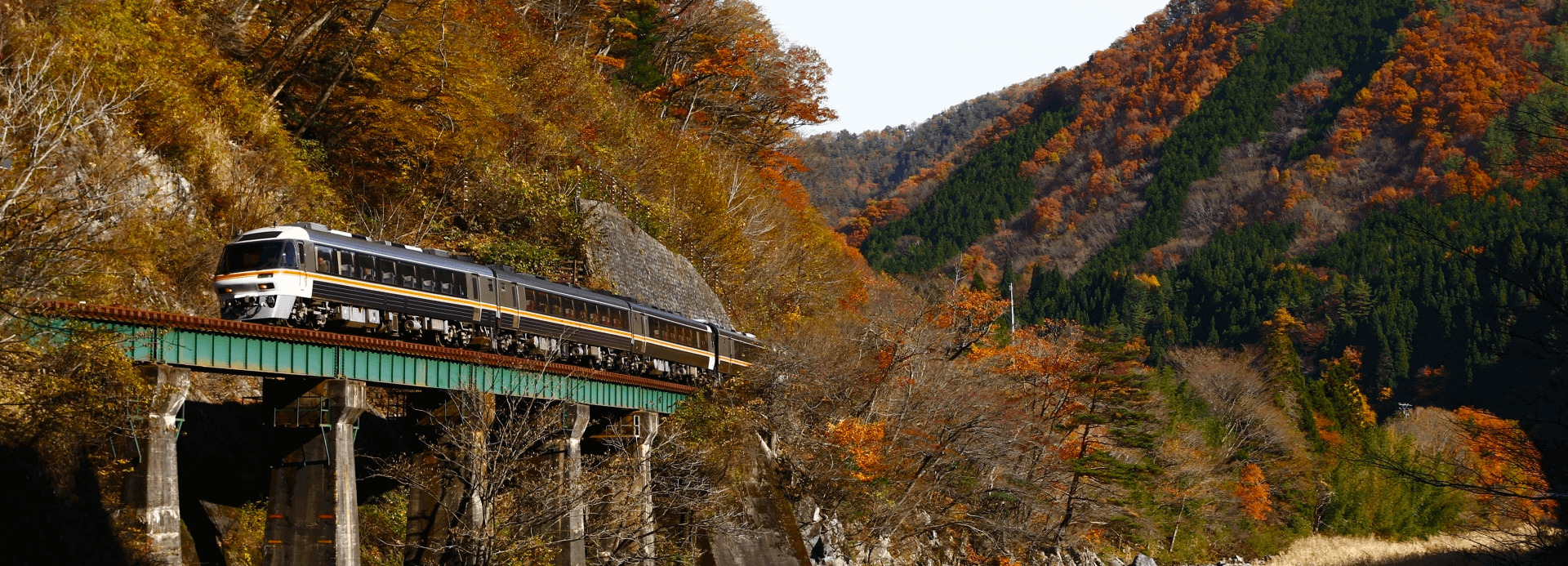

The Narita Express is just one part of Japan’s fantastic rail network. Unfathomable in its size and efficiency, moving around the country by train is easy and comfortable opening-up all regions of Japan for exploration. Our ‘Plan Your Visit’ page has everything you need to know about visiting Japan – from tips on the best time to travel, times to avoid, entering and exiting the country, money matters, staying connected, accommodation, staying safe and healthy and plenty more to ensure that you get the most out of your time here.














